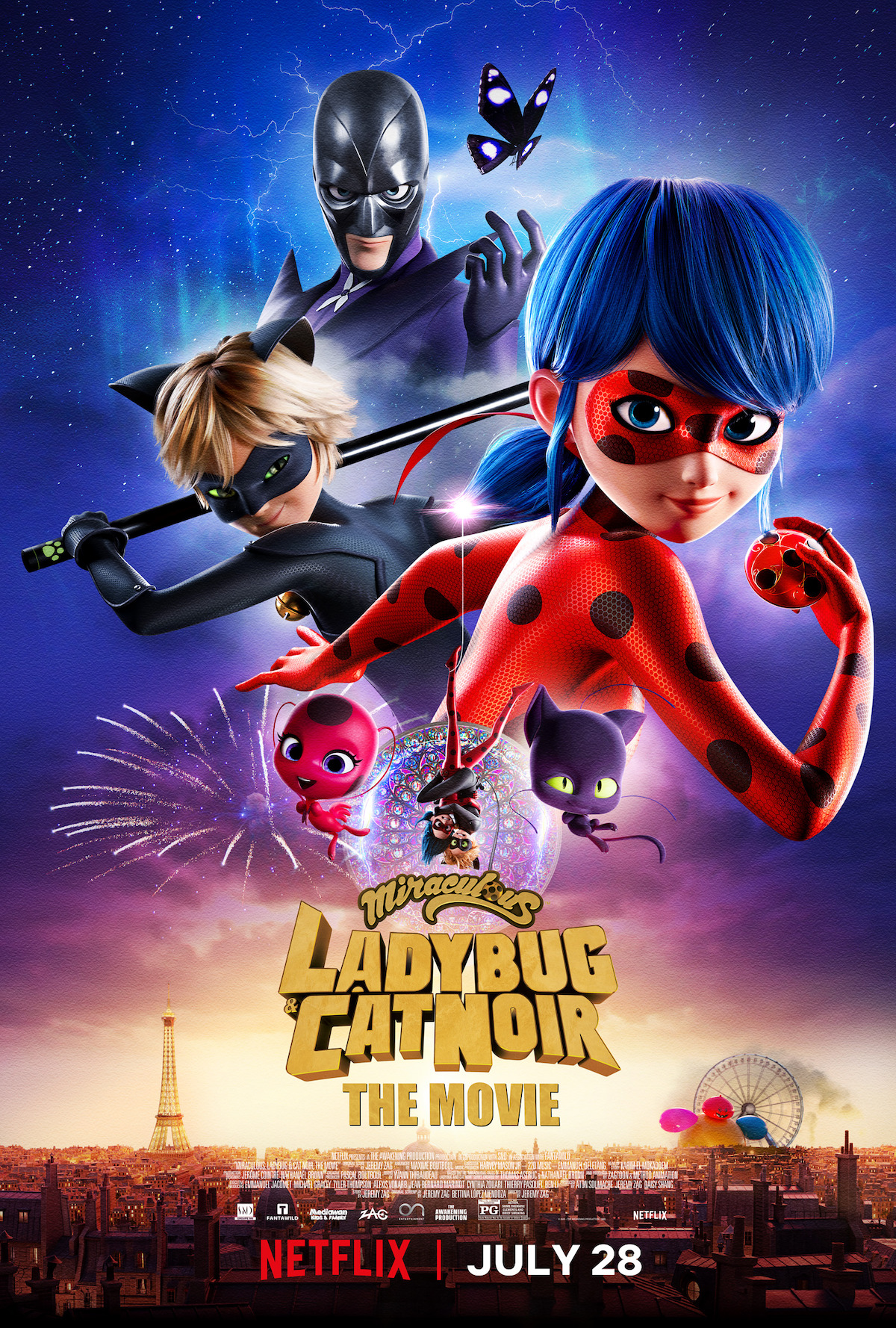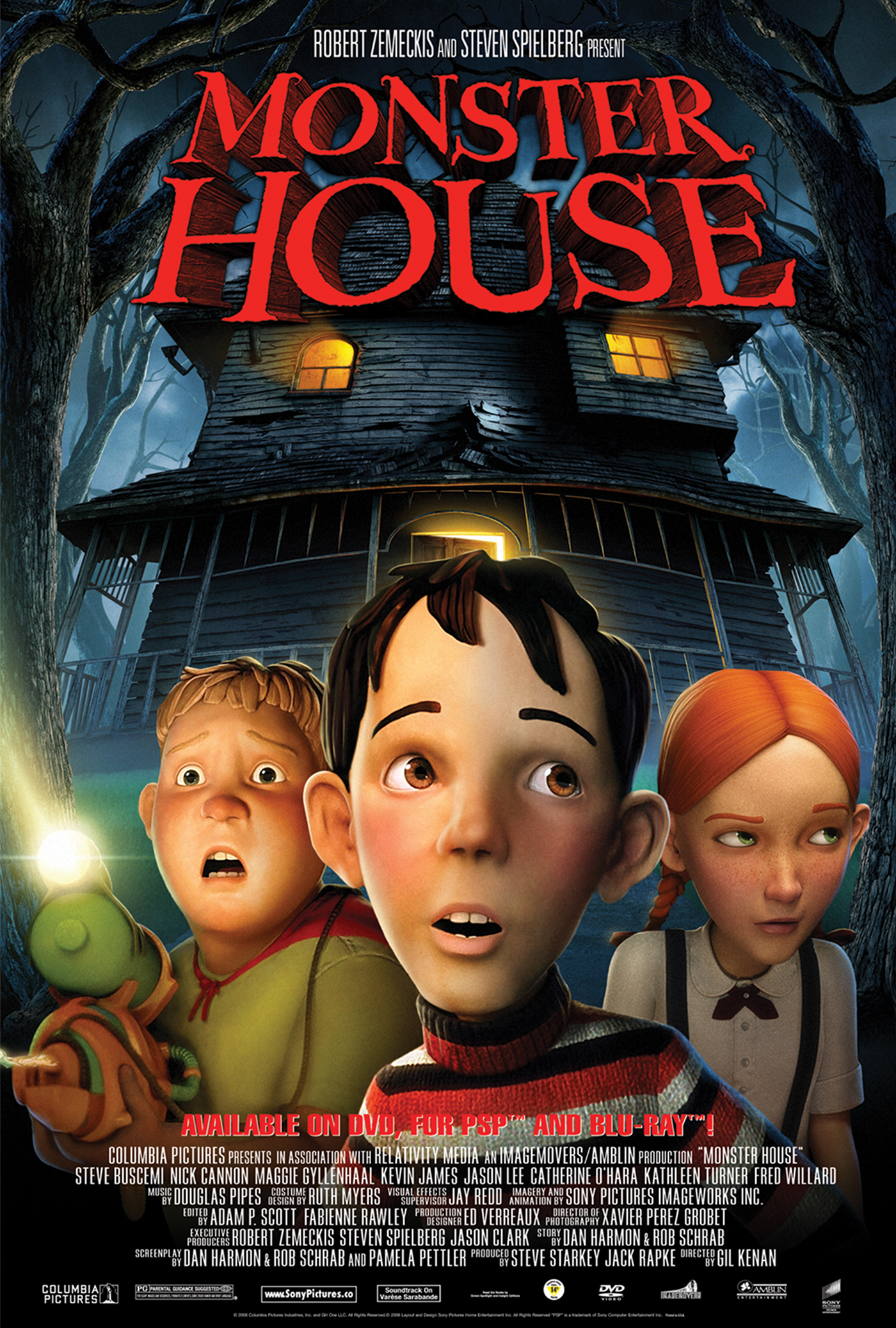Several days after the screening, I continue to struggle with comprehending what occurred during the production of this film. Despite mentally reviewing each sequence and replaying the events, I remain unable to grasp how such an endeavor could fail so spectacularly. How is it possible that an installment in the Mission Impossible saga – purported to be Ethan Hunt’s swansong – has reached a creative impasse? What led to this outcome in Tom Cruise and Christopher McQuarrie’s minds? The responsibility cannot be placed on one individual without implicating the other, as both are equally accountable. I will be frank and direct: Mission Impossible 8 – The Final Reckoning is, thus far, my greatest cinematic disappointment of 2025. It leaves a bitter taste of incomprehension rather than a sense of awakening. To understand how an ambitious and costly project ($400 million budget) could result in such a tedious film is imperative to explore further.
Who would have thought that “Mission Impossible 8 – The Final Reckoning” could fall so short? The narrative is confusing, the pacing slow, the staging less inspired, and the editing overly excessive. This assessment may seem harsh but remains undeniably accurate. After nearly three hours of viewing, only two sequences stand out. One of them – the now-famous biplane chase above South Africa – somewhat redeems the film’s shortcomings, though it is insufficient to justify the 2 hours and 40 minutes leading up to it. Yes, this scene is technically impressive and even vertiginous, but when such spectacle comprises only ten minutes of a $400 million production, the imbalance becomes concerning.
To understand the failure, one must revisit “Dead Reckoning Part 1,” released in 2023. Initially, the two films were intended to form a diptych, shot consecutively. However, the COVID-19 pandemic disrupted this schedule, fragmenting the shooting and imposing an unavoidable production halt. The result was a second part deprived of its initial breath, and victim to narrative isolation hard to rectify. Yet, it would be overly simplistic to attribute all shortcomings solely to the pandemic. Dead Reckoning Part One had already exhibited signs of weakness: a confusing script, a caricatured portrayal of the antagonist (the AI), and most importantly, a clumsy marketing strategy that prematurely revealed its best elements. The famous motorcycle jump into the void? It was already extensively shared on social networks three years before the film’s release. Aware of the disappointment caused by the first part, Tom Cruise and McQuarrie attempted to revise the sequel. “Part Two” became “The Final Reckoning,” an evocative but misleading title. For in the film, there is never an explicit mention of an ending. Yet, the promotional campaign relentlessly emphasized: “I need you to trust me one more time.” This could be seen as a form of omission, which might almost be forgiven if the result had been satisfactory. But it was not.
The core issue lies in the pacing. Mismanaged and poorly conceived, it plunges the viewer into a lethargy that no exposition scene can truly awaken. For an hour and a half, the film becomes ensnared in dialogues of crushing weight, filmed in office settings devoid of soul, where we rehash the AI stakes already articulated a thousand times in the previous film. It’s a tedious retread, symptomatic of a script that no longer knows where to go. From the very beginning, it is clear that the script, instead of tightening the stakes for an effective conclusion to the saga, delves even deeper into the narrative tangle inherited from the first part. Characters, thirty years old and utterly irrelevant, suddenly appear out of nowhere, while others serve no real purpose. The main antagonist, Gabriel, holds no interest anymore, as we learn he no longer works for the Entity, that autonomous super-AI capable of shaking the world, and most importantly, this virtual threat is relegated to the role of a minor villain. One might have hoped that choosing AI as the antagonist could offer room for reflection, much like some beautiful ideas in the previous film, but here, AI is reduced to a few interfaces, a sarcophagus with a connected mask, and a large hard drive to hack. We are very, very far from the subtle and unsettling threat that the AI subject could have embodied. Matrix can sleep soundly.
RÉAUMUR-SÉBASTOPOL
In the midst of this drawn-out narrative, there are still two sequences that stand out: the deep dive into the Arctic ice caps followed by a glider escape over South Africa. The entire submarine sequence in Le Sébastopol is relatively fine but feels excessively long for its content. Ethan Hunt moves from room to room as submariners flip around him and time presses, yet we do not truly feel the danger. Given that Ethan has faced far greater dangers before, watching him navigate a submarine does not create any real tension. Worse still, the film includes completely irrational narrative choices, such as forcing Ethan Hunt to remove his suit to pass through a vent. While we want Ethan Hunt to be an exceptional agent, getting into swim briefs without concern for cold temperatures and discarding his mask without considering decompression steps, only to emerge at the surface where he is supposed to meet someone, seems ridiculous. True, he had his GPS tracker, but as a narrative convenience, it feels rather thin.
Therefore, there remains a final action scene at the very end of the film, set against stunning backdrops in South Africa. The scene is both visually breathtaking and disorienting, with Tom Cruise causing viewers to feel vertigo multiple times through his stunts. From a technical standpoint, it is nearly flawless, showcasing his aerial acrobatics as he jumps between planes while hanging precariously from them, demonstrating how much Tom Cruise wants to capture the authenticity of his character’s madness at 62 years old. Another significant change in this film is the near-absence of teamwork. While the strength of the franchise has traditionally been its ensemble cast working together, “The Final Reckoning” pushes these characters into the background, overshadowed by Tom Cruise’s narrative focus. This is evident even on the poster, which highlights his role alone. Physically impressive for his age, he still manages to impress, but this emphasis on personal achievement ultimately diminishes other aspects of the film.
We were greatly disappointed by Mission Impossible 8, titled “The Final Reckoning.” We had expected a thrilling experience filled with excitement, but instead found it to be underwhelming. The film focuses heavily on Tom Cruise’s performance at the expense of other characters who are not given enough prominence. Moreover, the movie suffers from an overwhelming sense of boredom throughout its runtime, as if it deliberately avoids engaging or entertaining the audience. We would have appreciated acknowledging its ambitious attempts and excesses in concluding the series, but instead, it feels like a production running on empty, attempting to cram everything together without forming a coherent narrative. It seems to be a haphazard mix of leftover elements from previous installments blended with clichés that do not come together effectively. Even brief moments of energy fail to compensate for the overall lack of engagement. Such a regrettable outcome…
Have any thoughts?
Share your reaction or leave a quick response — we’d love to hear what you think!

